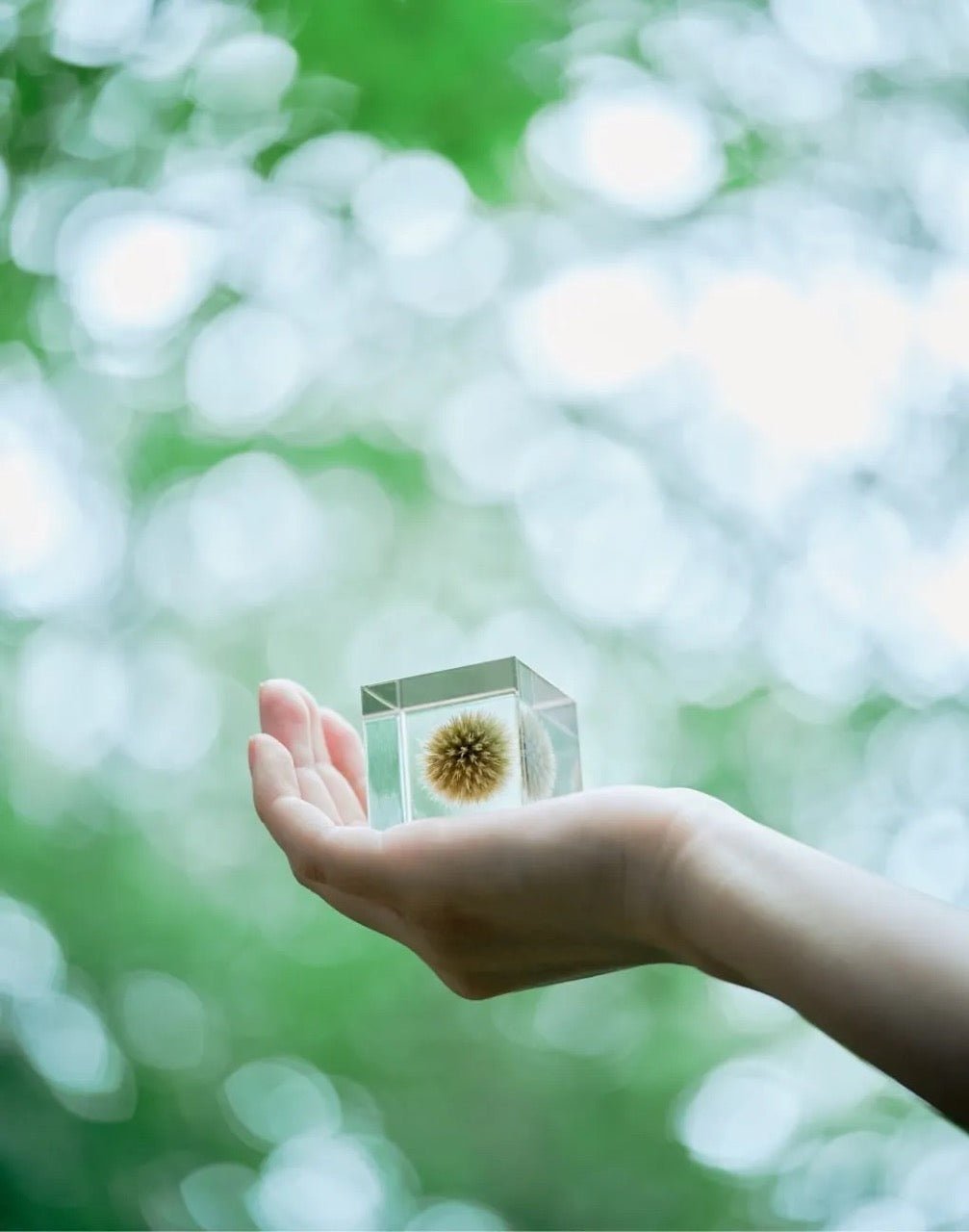Every piece of Hasami Porcelain is one-of-a-kind. While the shapes themselves are uniform, the coloration, flecks and texture unavoidably express the distinct make up of their clay.
Hasami Porcelain is made in the historic town of Hasami, located in Nagasaki prefecture of Japan. For over 400 years, the proprietary mixture of crushed stone from Amakusa used in this clay and porcelain mixture have created some of the most beautiful pottery in the world.
Common Variations: Due to the organic nature of the porcelainware used for Hasami, unavoidable variations, color unevenness, and what Hasami craftspeople call "staining" appear in all Hasami Porcelain products. Variations are the result of uncontrollable chemical reactions between the glaze and the raw materials during the extreme firing process.
Difference in color and texture is not considered second quality, nor is it considered defective or desirable amongst the Hasami craftsmen community. It is a prized sign of beauty of the line's one-of-a-kind character and nature.
Here are some images of normal and frequent variations seen in Hasami Porcelainware:
Hasami Porcelain pieces appear 'cooler' or 'warmer' in tone and color when they're stacked or grouped together. For this reason, it is not possible to create or select uniform sets where every piece is "matching". Instead, we must enjoy this variety and understand that the natural material is expressing itself in the finished product.
Hasami Porcelain is of course, a stackable ceramics line. Achieving this design requires highly skilled craftspeople and many factors, including environmental conditions outside the kiln, pose many different challenges. The textural variations you see in Hasami Porcelain are evidence of the human hands involved in the process and the many environmental variations that occur at each step. These textural variations (lines, dimples, bumps, roughness, and unevenness) are not avoidable and not a defect.
These lines that appear in the color and glaze are normal and are the result of many unavoidable factors. Each piece is unique and one-of-a-kind.
Care Instructions: Hasami Porcelain is dishwasher and microwave safe, but not oven safe or safe to put over an open flame. Chipping can occur if there is frequent, or hard impact. Cracking and breaking should not occur from normal daily use, although it is not impossible with human error. Hasami Porcelain is also intended for 'home use' and not 'commercial use' as it may not withstand high traffic usage or restaurant dishwashers.
Like wood, metal or leather - ceramic is an organic material that will change and patina with time. The appearance of Hasami Porcelain in all of the glazes will darken, stain, and patina as it ages; this is a natural character and result of loving use.
Among all of the glazes, the black finish in particular is known to show the most change and patina when it comes into contact with oils. From food or drinks (like in coffee) to natural oils from our hands.
Over time parts of the black glaze will change color and develop a metallic shine, a unique patina compared to the other glazes. To control these signs of patina and aging (if you prefer it), Hasami Porcelain recommends
1. Mixing baking soda with vinegar and placing it over affected area 2. Covering the area with a paper towel and allowing it to sit for an hour 3. Washing off the area with hot water and mild dish soap. Even when following these steps, patina is unavoidable and a natural process.
For any questions about Hasami Porcelain, or its care, please contact Tortoise at hello@tortoiselife.com.
We hope you continue to enjoy Hasami Porcelain in your home or business, including the variations in color and texture that makes this line distinct and beautiful for many years.













